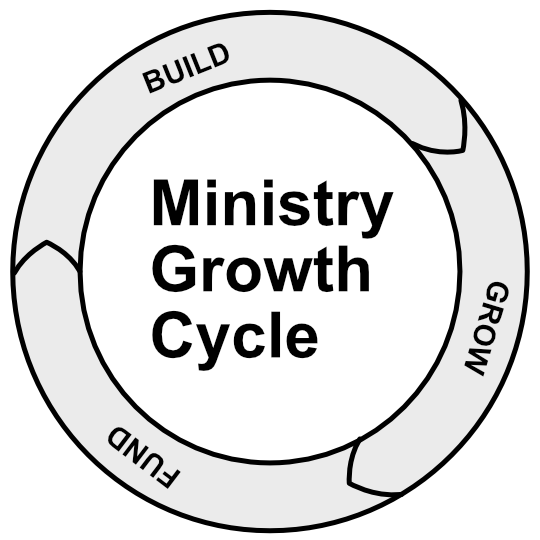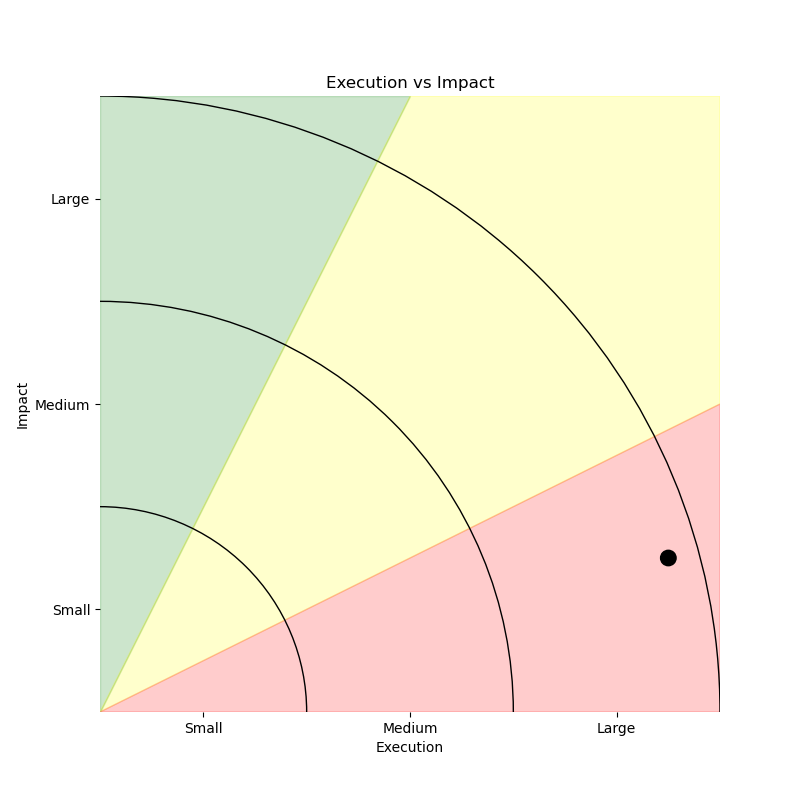What is Mission Driven Growth?
The ministry growth assessment is designed to help you quickly identify areas that are out of balance and prevent your ministry from multiplying impact. Creating intentional long-term growth, means keeping focus on what matters and only putting effort into the areas that will drive your ministry forward. In order to do this there are 4 key priorities. that you need to keep in focus and keep in order of importance.

1. Mission
At Five Q we have a ministry first mindset, which means your mission always needs to be in the forefront of everything you do. You were called to do something amazing, and if you consistently execute on that mission it will grow over time.
2. Impact
Impact should always be the result of executing on your mission. If you are not seeing impact from the work you put in daily, then you should reconsider if you are executing on the right things to accomplish your mission.
3. Fund
The more impact you have within your ministry the greater the complexity you will need to manage (expanding into new channels, languages, technology, etc.) The greater your complexity to more expensive things get. It's important to keep your complexity to a minimum until you have a large enough audience to support your next stage of growth. The more impact you have, the more changed lives, the more people want to support your mission.
4. Scale
Scaling your ministry is a means of reaching more people, and having more impact. Scale always adds complexity which increases your costs, it's when ministries try to build out that scaling before they've proven their impact that they actually limit their own growth. This is why we place this last in the priority list. The more your focus on building your impact, the more people will want to join you, and help you scale.
Take the Assessment
Take the assessment to see how aligned your priorities are, and where things are out of balance and keeping you from growing your impact.
Consistent Growth in 3 Simple Steps
Once your growth priorities are aligned, and you are focused on the highest impact activities for moving your mission forward. Consistent growth becomes a 3 step process.
1. Build the underlying technology or processes needed to fuel the next stage of growth. Keeping complexity down by only building what you need to accomplish the mission.
2. Grow your audience and your reach through marketing, and impact.
3. Fund the next steps you need to grow even further.
Read further to better understand the 3-step growth cycle, and how the information you receive in your assessment will help you build mission driven growth.

Build, Grow, Fund: The Foundation for Consistent Growth
Build - This portion of the cycle makes it easy to execute on your ministry’s mission and scale as your impact grows. As your ministry grows the complexity needed will also grow, it’s important to keep costs down by maintaining simplicity while still delivering impact.
Grow - With the technical foundation in place now is the time to grow your audience and expand your reach. As your audience grows and they recognize the impact your ministry has on their lives they will be excited to support your ministry and help multiply its impact.
Fund - As your reach increases you will need to scale your technology or services in new ways. In this portion of the cycle you will focus on generating the funding you need to build your next level systems. Since you have built a large and engaged audience, they will be excited to join your mission and help fund the growth.
This growth cycle allows you to keep the mission central to everything you do, and it allows you to consistently take steps forward that will drive greater and greater impact.

High Impact Execution
The first aspect the assessment will measure is the impact of the work you are doing. We are all in ministry to impact lives, often however, we get caught up in the whirlwind of “doing” and forget to see how many lives are being touched. This first assessment compares the amount of work you are producing to the reach of your ministry.

Complexity VS. Revenue
As your reach expands and your audience grows, and your services grow, so does the complexity of your offerings. It might mean more staff members, adding custom technology or hosting and analyzing massive amounts of data. With complexity comes added cost. Many ministries, out of a desire to serve well, build out complex systems before they have the audience base to support it. By comparing revenue to complexity we can determine if the level of complexity is slowing, or worse, stopping your growth all together.
Drill Down to the Tactics
This assessment will also highlight key tactics that may be out of balance within these broader categories so we can dive right into the weeds and apply a “start”, “stop” or “optimize” filter for your current activities this approach will simplify your processes and eliminate activities that take a lot of resources but produce minimal impact to enable you to focus on only the things that scale your ministry and multiply impact.
Take the Assessment
The assessment is simple (less than 20 questions) you can use your best estimates if you are unable to find the real data, but remember the more accurate the data, the more accurate the recommendations will be.